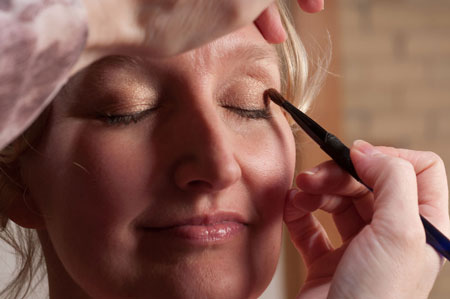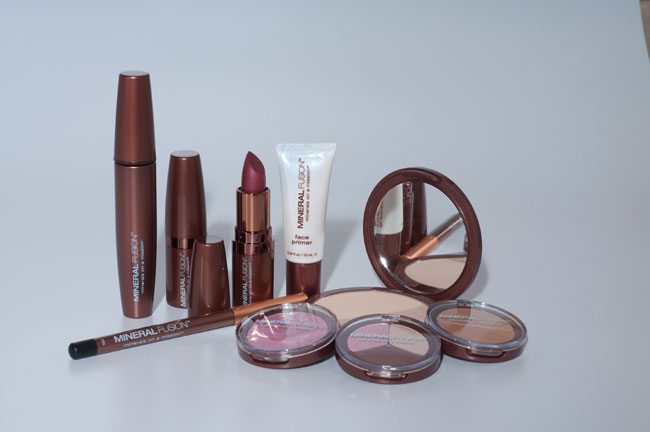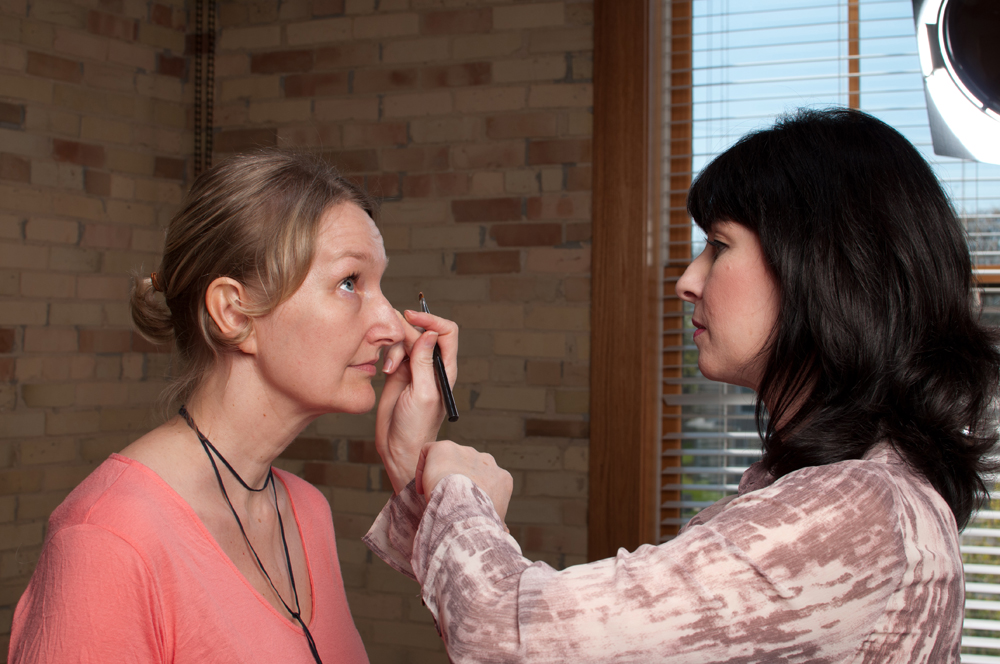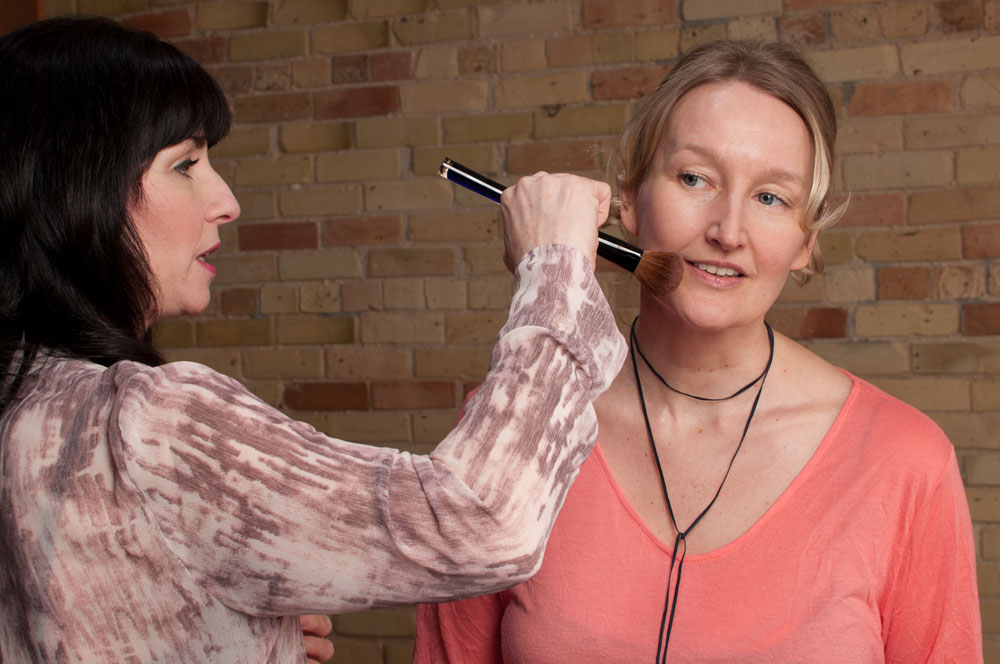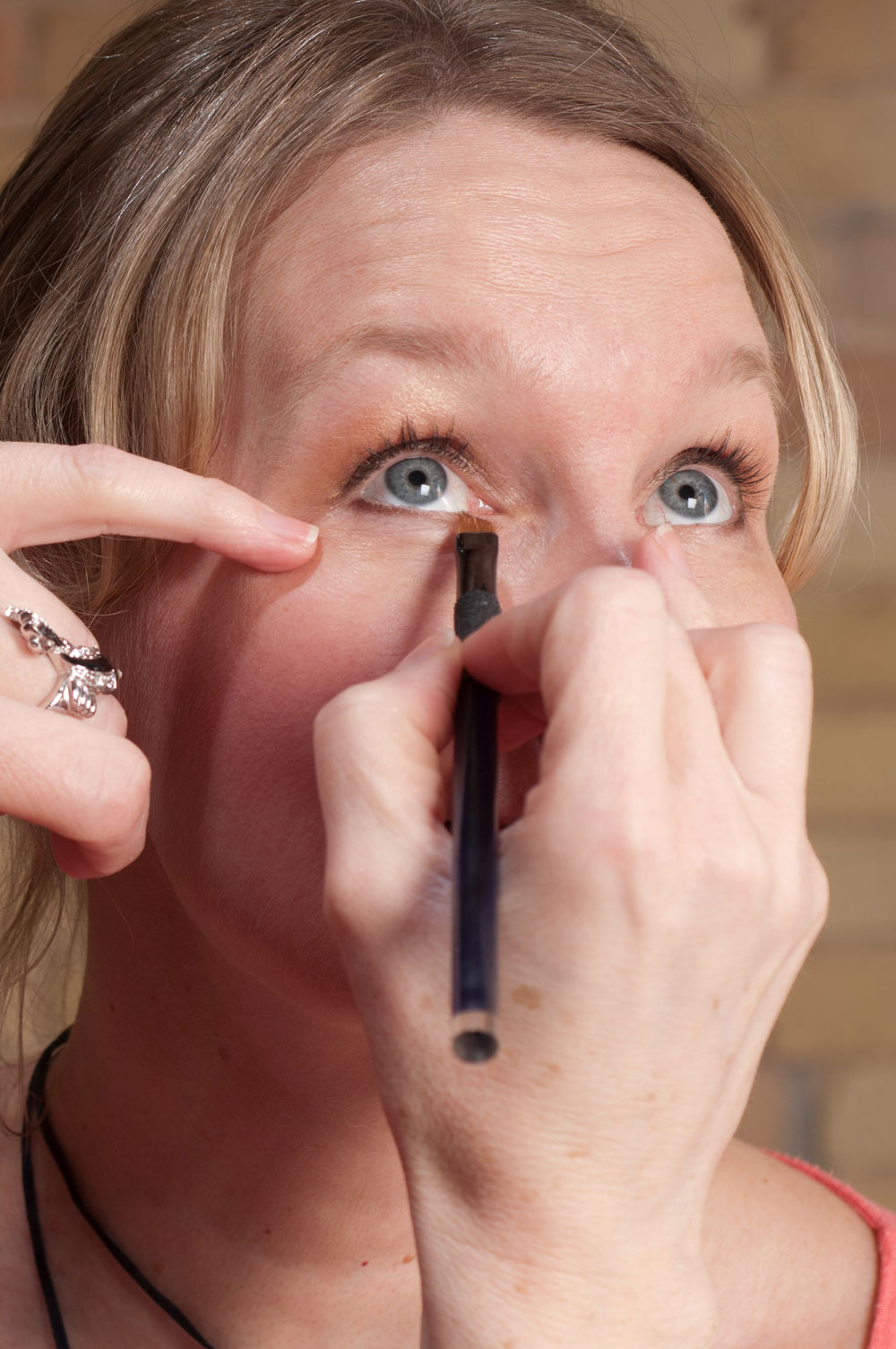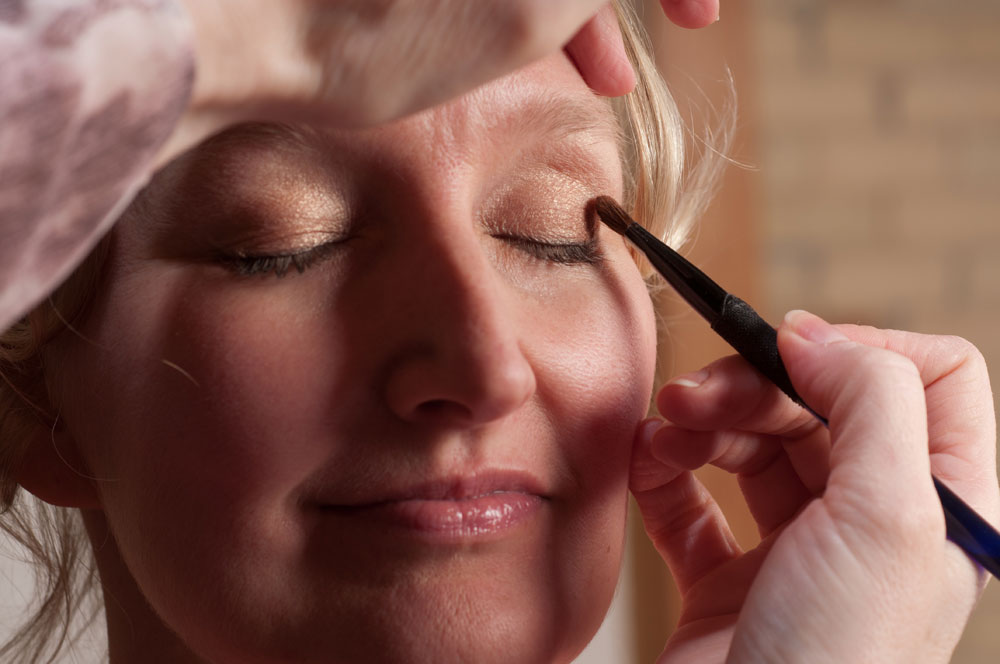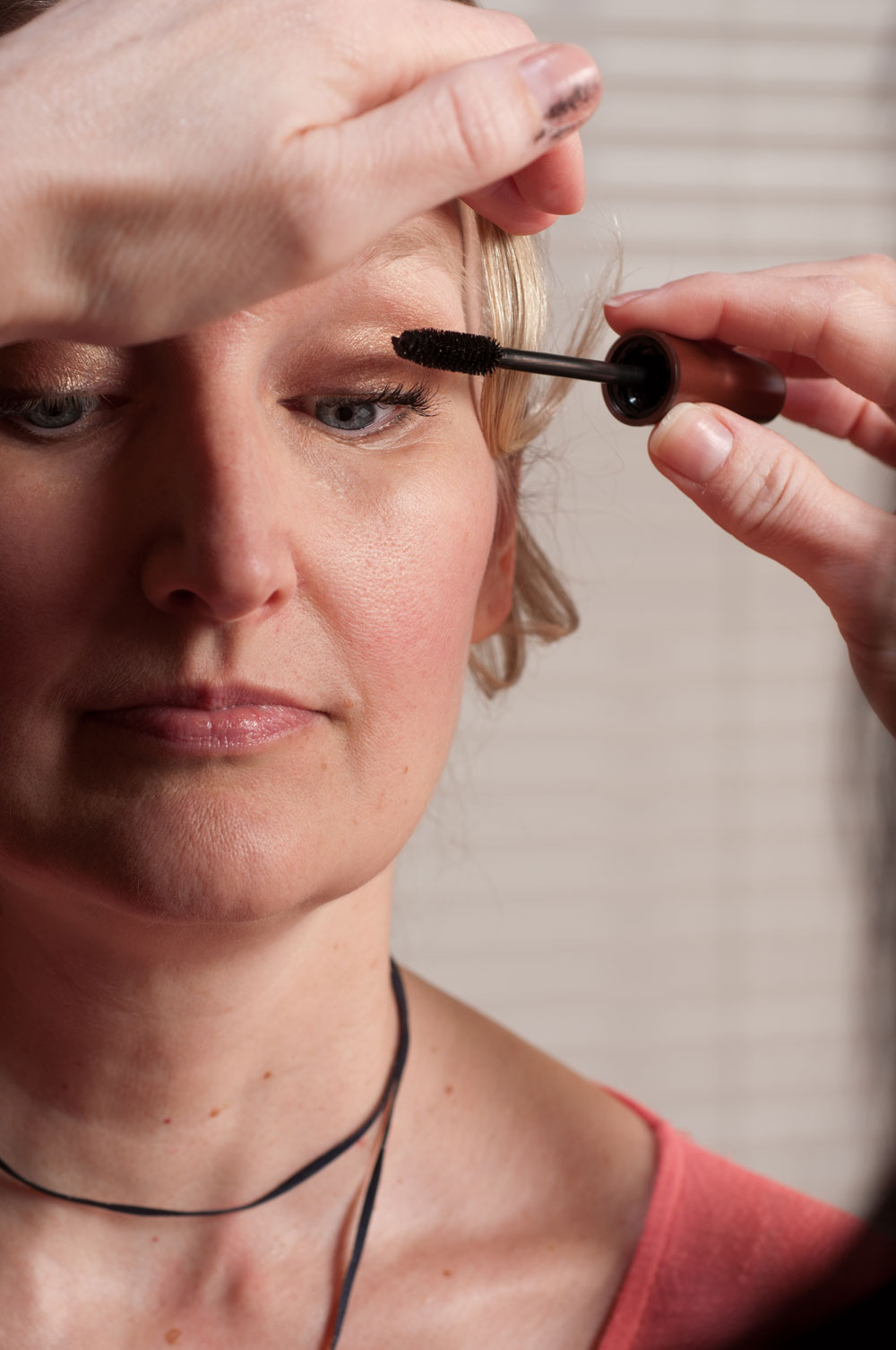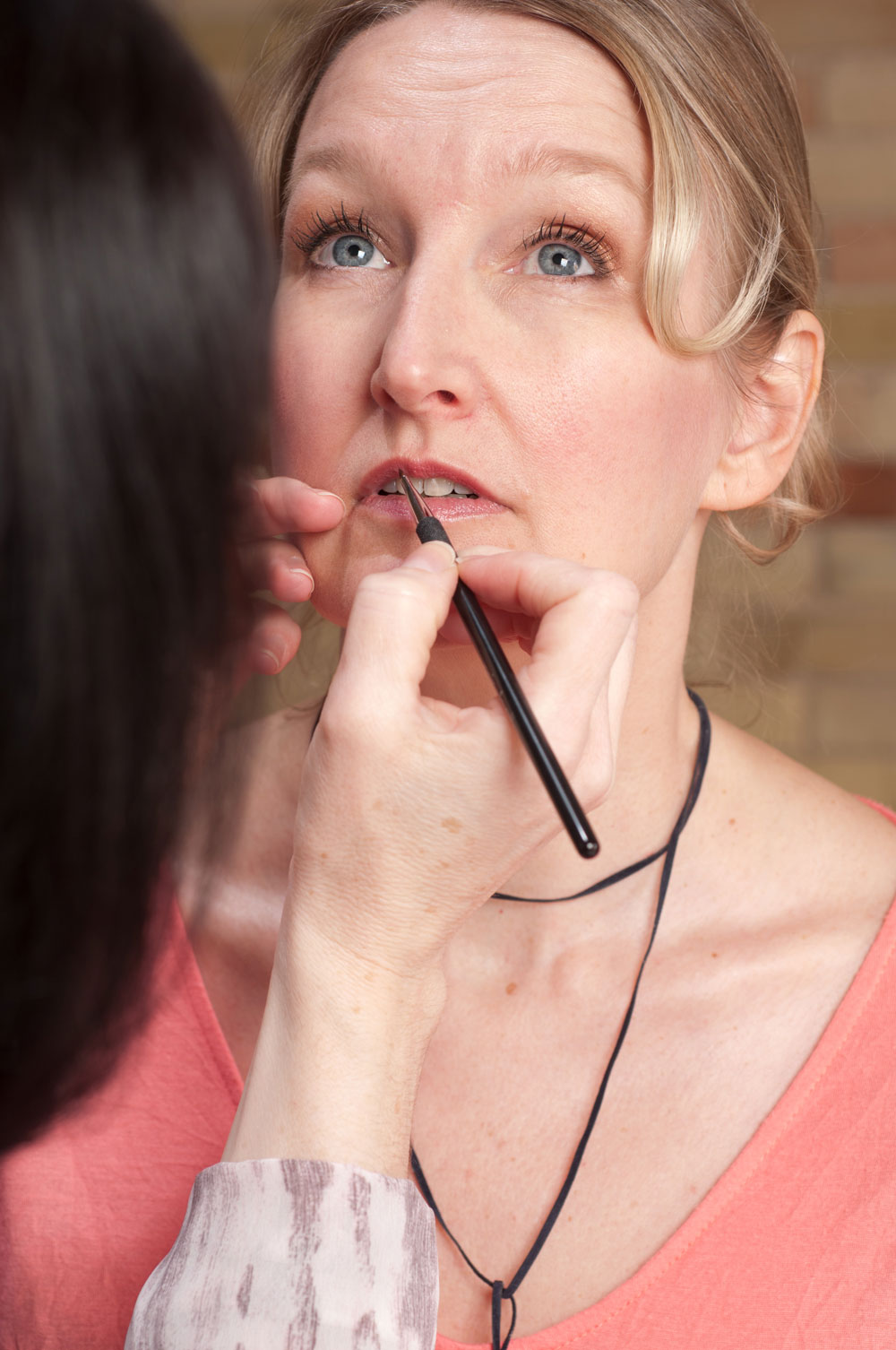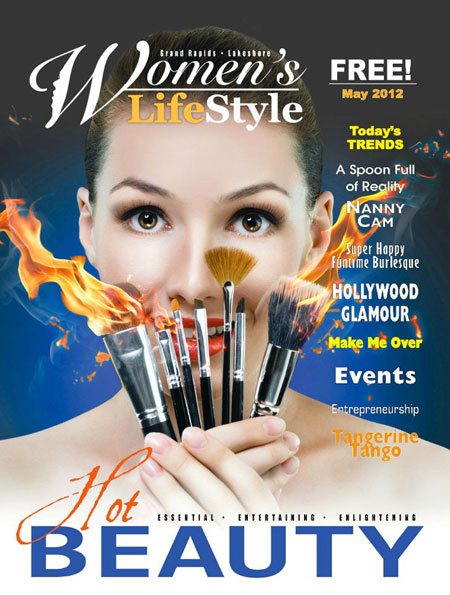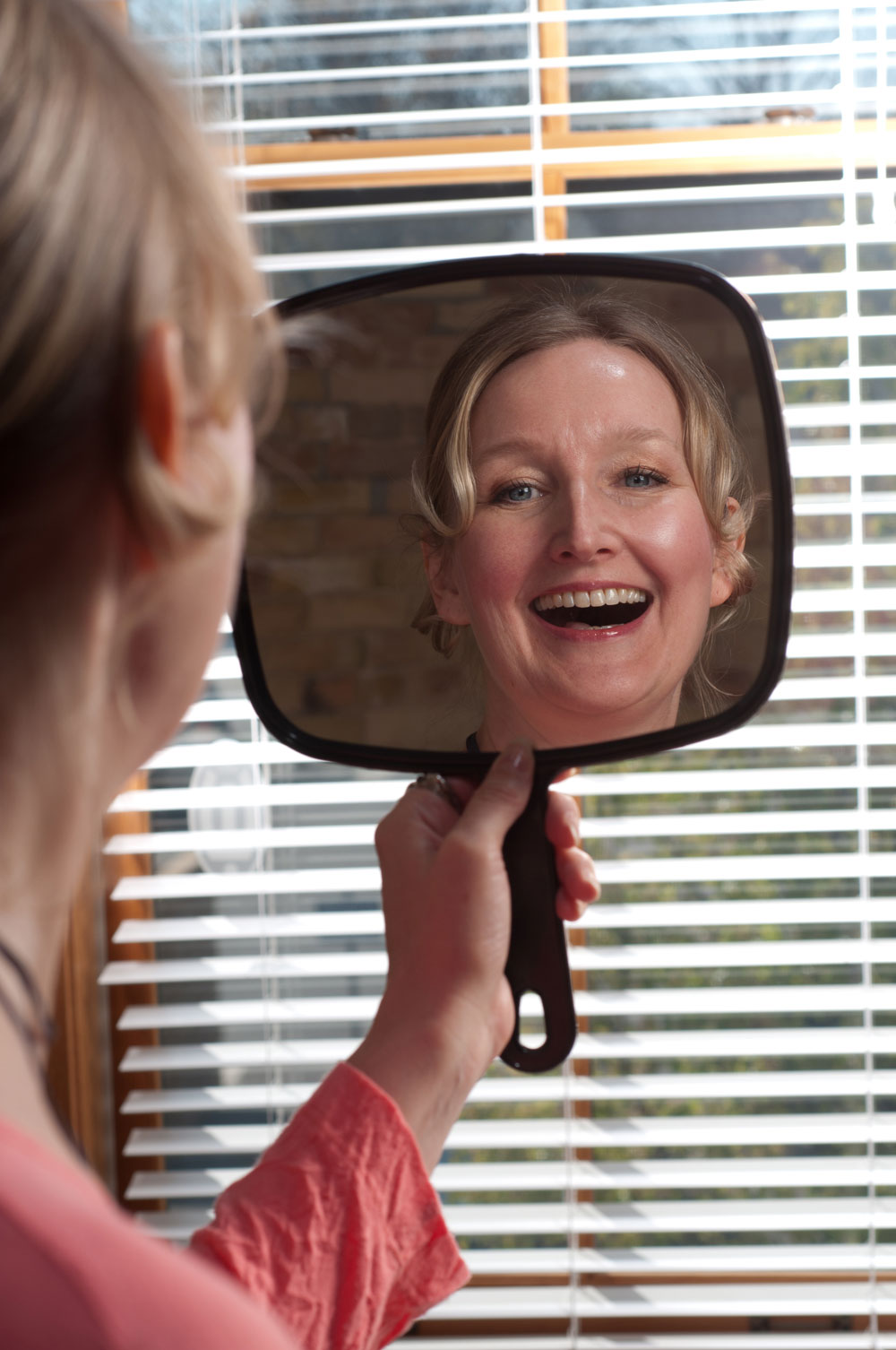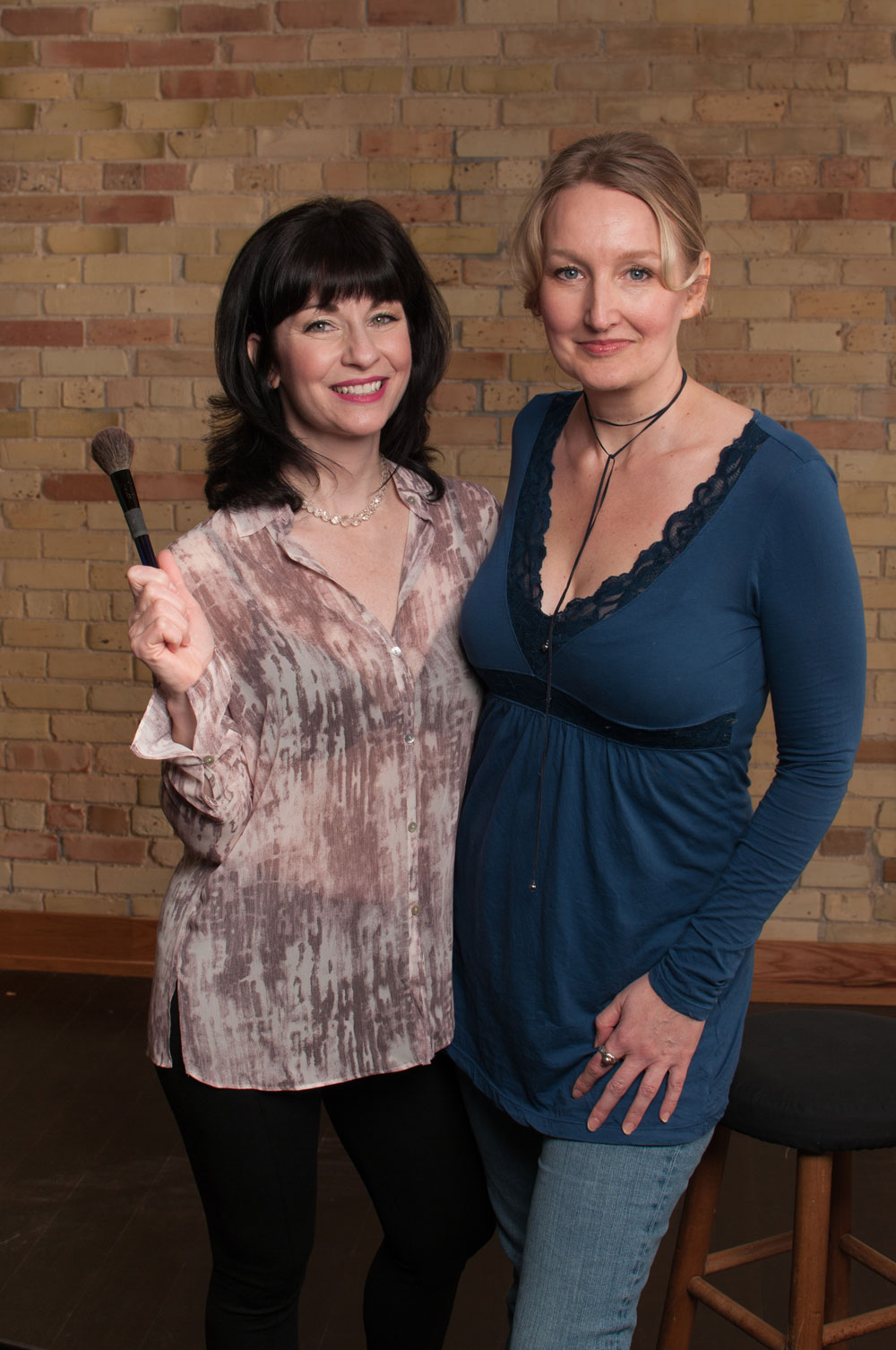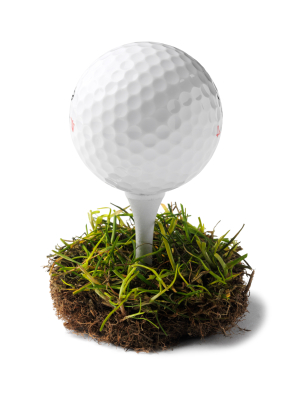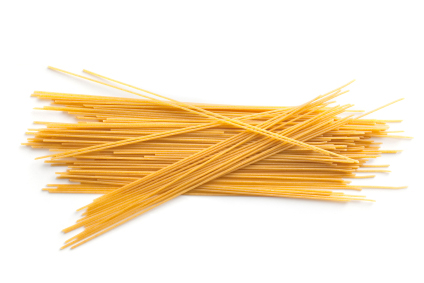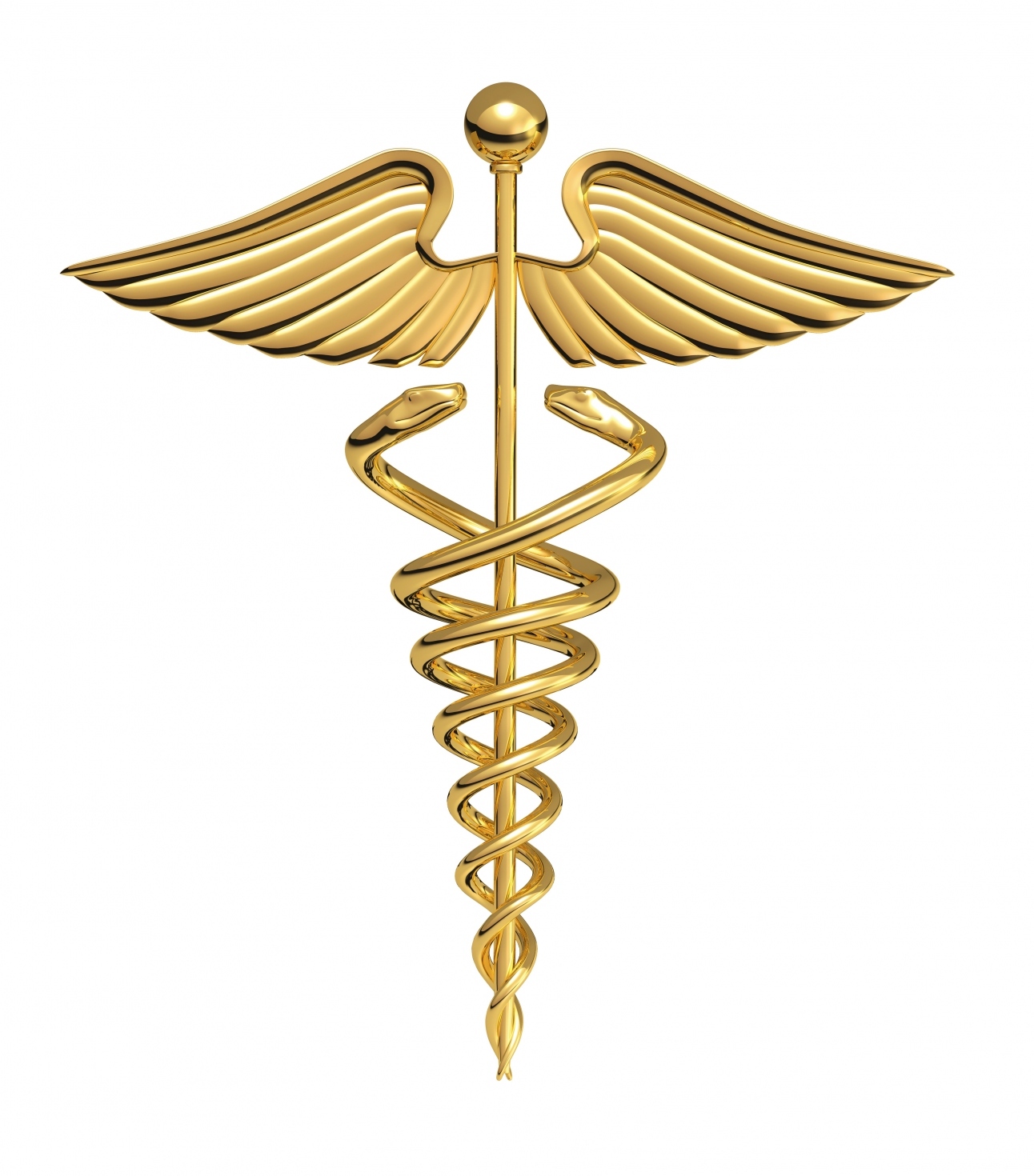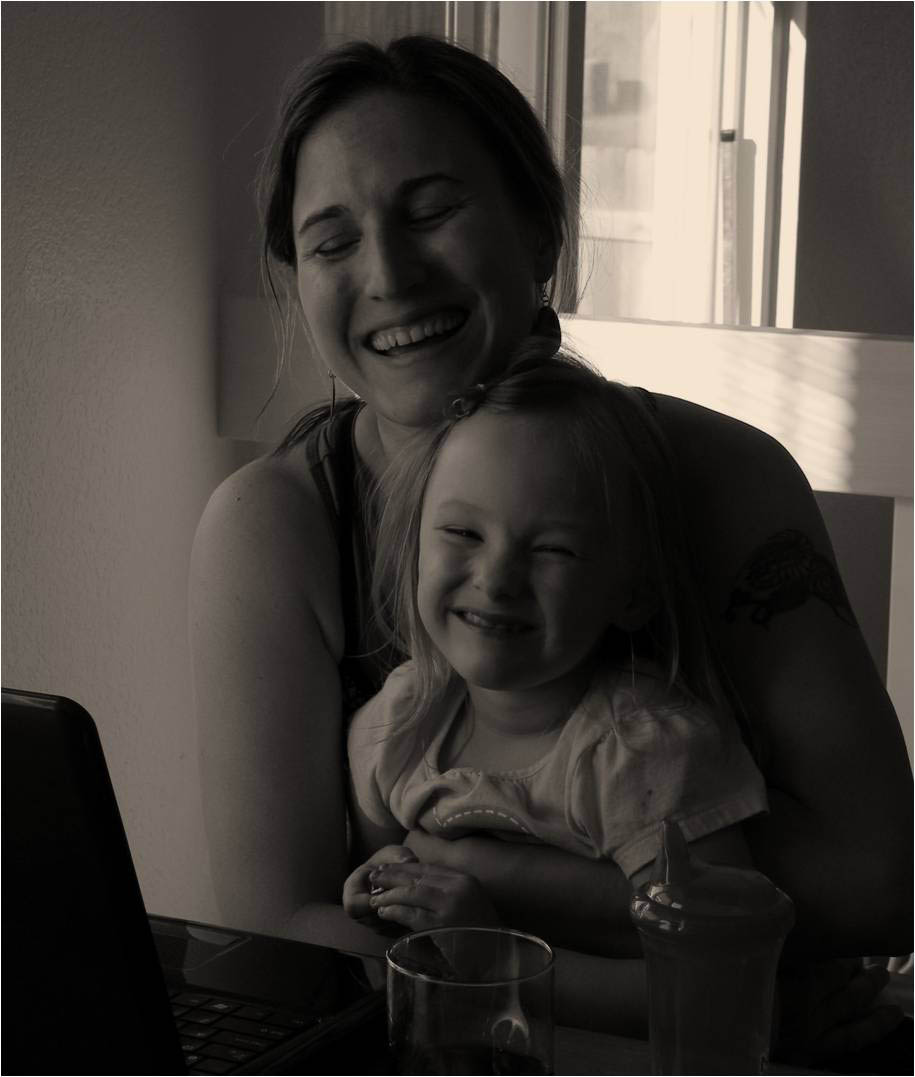Follow Your Gut: What's eating my daughter's stomach? (Part 1)
 Tuesday, May 8, 2012 at 3:56PM
Tuesday, May 8, 2012 at 3:56PM  Melanie Potock, MA, CCC-SLP tagged
Melanie Potock, MA, CCC-SLP tagged  celiac disease,
celiac disease,  gluten,
gluten,  gluten allergies,
gluten allergies,  gluten sensitivity,
gluten sensitivity,  kids,
kids,  parents
parents  Email Article
Email Article  Print Article in
Print Article in  Doctor Visits,
Doctor Visits,  Health,
Health,  Parents/Kids
Parents/Kids 
A Mother's Intuition
Ever heard of “mother’s intuition?” It is that tiny voice in a mom’s head that says “hmm…something is not quite as it seems.” That voice was what drove my friend Emily to forgo her pediatrician’s relaxed approach to her young daughter’s stomach pains and embark on journey directed by her mother’s intuition. Over coffee at our local java stop, Emily described the events of the past two years to me.
Emily’s daughter, Nicky, who is now 6, began having constipation and separate periods of stomach pain at age 4. She was also having difficulty maintaining attention for age appropriate tasks, causing her parents to discuss attention deficit disorder with their pediatrician. While the physician leaned more toward treating the symptoms of the gastrointestinal (GI) issues, Emily asked herself why her daughter was in such agony. What was causing this? Because Nicky’s paternal grandmother had a history of stomach ailments and found relief via a gluten-free diet, Nicky’s parents suspected a gluten intolerance. They took her off gluten in January 2011, and within 2 week the stomach aches and constipation went away. Interestingly, so did her difficulties with attention and her tendency to be impulsive, which is a hallmark for children with ADD.
Over time, Emily did not worry about cross contamination or the occasional gluten-filled cookie. Her daughter typically preferred to eat gluten-free foods, eating “lots of fruits and veggies, minimally processed foods” and only rarely, a food with gluten. By August 2011, Nicky had returned to daily tummy pains and the discomfort of chronic constipation. Kindergarten had started, and at first, Emily suspected the culprit to be the stress that such a big transition can cause for a child. But, by the start of 2012, mother’s intuition was shouting “Do something about this!”
Time to Act
First stop: allergy testing. A blood test for celiac, not always foolproof, came back negative. Additional blood tests and scratch tests for food allergies were negative, but further testing revealed that Nicky had the permissive gene marker for celiac. Consequently, Emily’s next step was to take Nicky to a pediatric gastroenterologist, who ordered a series of tests to rule out a multitude of causes for Nicky’s pain, including stool testing for parasites, an ultrasound of her liver and pancreas and tests for gastroesophageal reflux disease (GERD). Again, all tests came back negative, leading Emily and her husband to consider taking one more step: an upper GI endoscopy involving anesthesia and a small bowel biopsy.
“What went through your mind when you considered this next step?” I asked my friend. Emily gazed into her coffee, taking herself back to that moment. “The risks of anesthesia. I had the choice to do it or not to do it and that felt very heavy. Ultimately, we decided to do it because it was important that we knew for sure if we needed to avoid cross contamination or food temptations.” Emily’s anguish over Nicky being 100% gluten free for life was clear. “Mel, I mourned the loss of gluten. I truly mourned it.”
Join us for Part 2 of “Follow Your Gut.”
In Part 2 of this article, Emily is instructed to do a “gluten challenge”, feeding Nicky plenty of gluten for the next 8 weeks prior to the endoscopy to ensure that the biopsy results would be accurate. While she mourned the loss of gluten, the flood of gluten over the next 2 months proved to be the most challenging aspect of this journey, as little Nicky’s symptoms became almost unbearable for a mother to watch.
For more information visit: How to Get Tested for Celiac Disease.
About Melanie
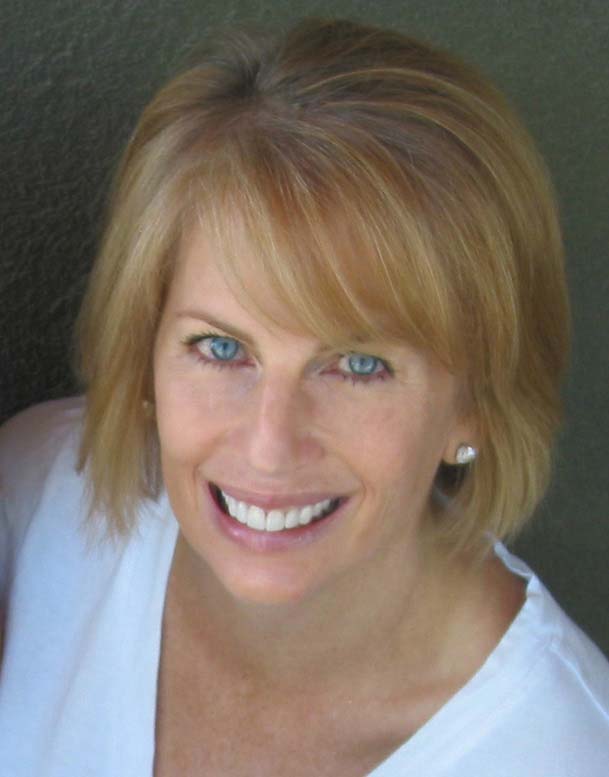 Melanie Potock, MA, CCC-SLPMelanie is speech language pathologist who specializes in feeding. Her work brings her into the homes and schools of her clients, kids, who for various reasons have difficulty with food or with eating. She works with kids and their parents to develop effective strategies that help children become “more adventurous eaters”. At least 50% of her clients have food allergies or intolerances, and for them, “adventurous eating” takes on a special meaning. Melanie is also the author of Happy Mealtimes with Happy Kids” and the executive producer of “Dancing in the Kitchen.”
Melanie Potock, MA, CCC-SLPMelanie is speech language pathologist who specializes in feeding. Her work brings her into the homes and schools of her clients, kids, who for various reasons have difficulty with food or with eating. She works with kids and their parents to develop effective strategies that help children become “more adventurous eaters”. At least 50% of her clients have food allergies or intolerances, and for them, “adventurous eating” takes on a special meaning. Melanie is also the author of Happy Mealtimes with Happy Kids” and the executive producer of “Dancing in the Kitchen.”
More Posts from Melanie
Read PART 2: Going through a Celiac Biopsy
Why Children with Autism are Often Picky Eaters
Review: The Magic of the BellyFull Kit (From the Hopeful Company)
How Can Parents Feel Less Stress with a Food Allergic Child in School?


